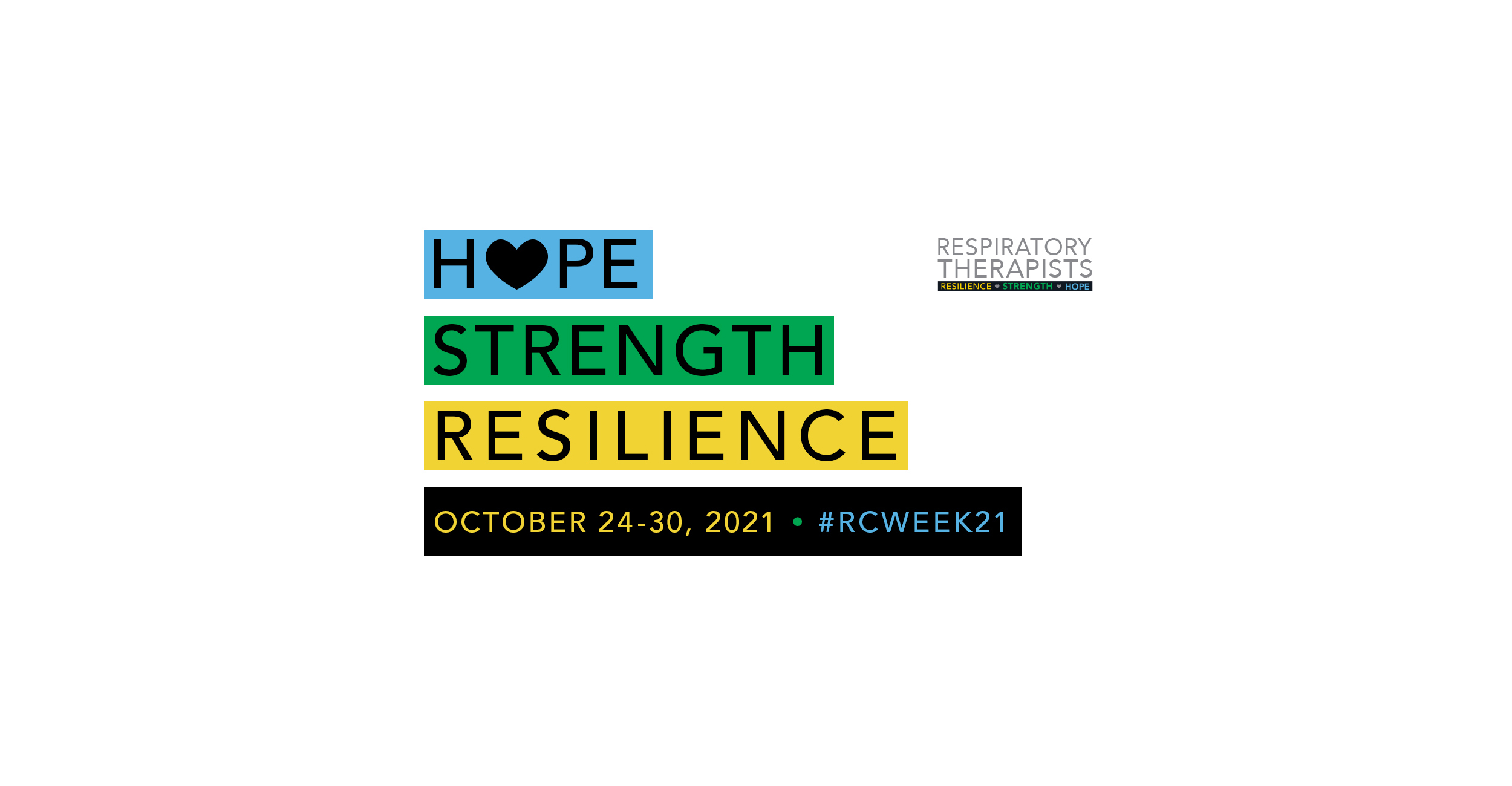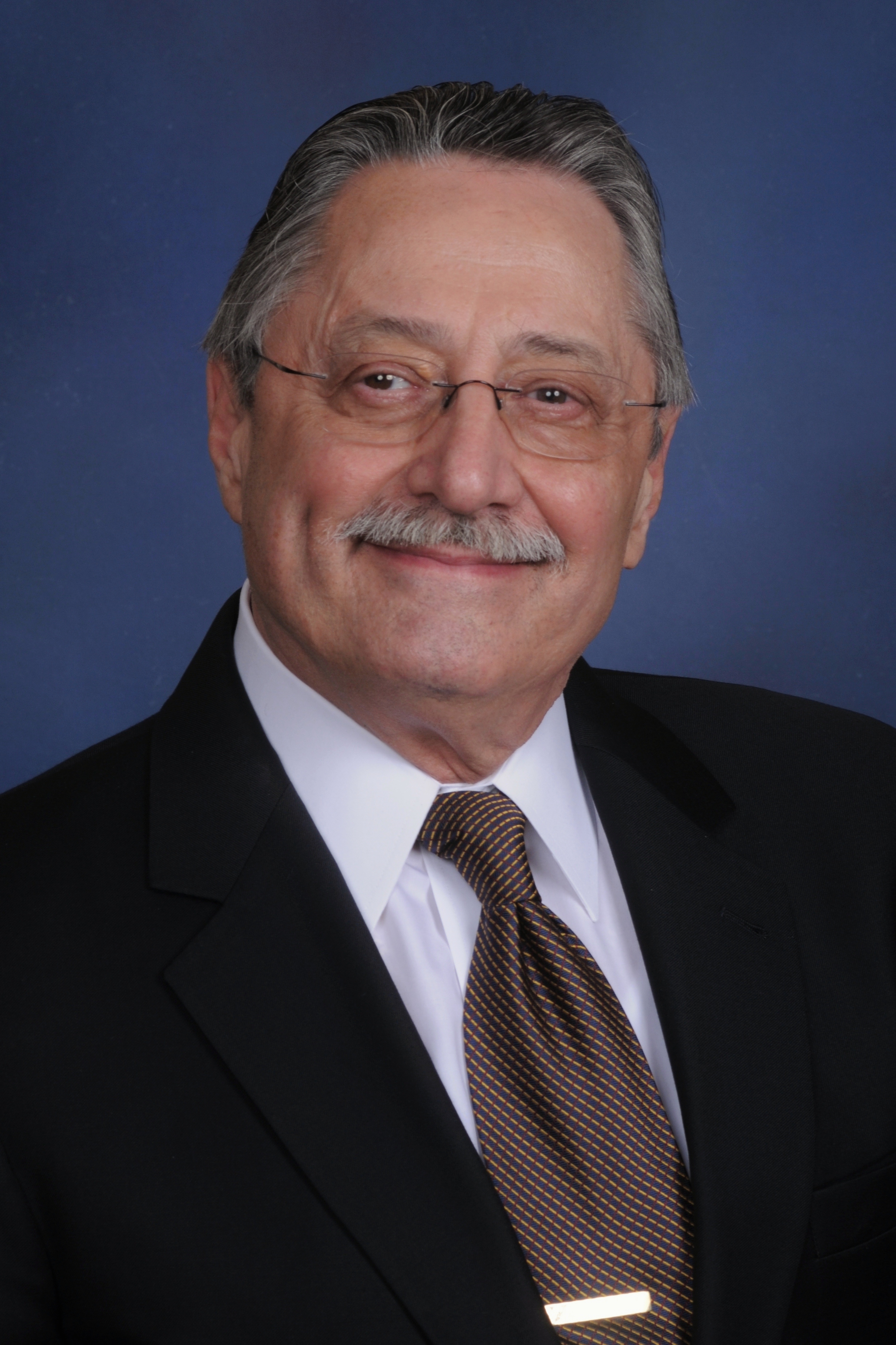
Sam Giordano often thinks about people he has helped through his years as a registered respiratory therapist.
Respiratory therapists (RTs), who treat everyone from newborns to the elderly, become woven into the fabric of those patients’ lives — providing care and teaching life-saving breathing skills, sometimes spanning years.
“That’s one thing RTs do; they make friends,” says Giordano, who is interim executive director of the American Association for Respiratory Care (AARC), based in Irving, Texas. He previously served as its president and, for more than 30 years, was its executive director and chief executive.
 The AARC is a professional association which advocates for patients with lung diseases and the respiratory therapists who serve them. Each year AARC highlights respiratory therapists during Respiratory Care Week, which runs from Oct. 24-30. As the global pandemic stretches into a second year, there is more reason than ever to spotlight the resiliency and optimism of respiratory therapists — and their power to make a difference.
The AARC is a professional association which advocates for patients with lung diseases and the respiratory therapists who serve them. Each year AARC highlights respiratory therapists during Respiratory Care Week, which runs from Oct. 24-30. As the global pandemic stretches into a second year, there is more reason than ever to spotlight the resiliency and optimism of respiratory therapists — and their power to make a difference.
One of AARC's biggest goals is to make sure there are enough RTs for all the patients out there who need them. The stakes couldn’t be higher.
SUE: What is the biggest challenge facing respiratory therapists today?
Giordano: I think our biggest challenge is that patients don’t get access to RTs outside the hospital. There are many patients with problems like chronic obstructive pulmonary disease (COPD) whose needs are not being met. I think RTs could be part of the solution, but we’re basically hospital bound.
We need to access these patients before we see them in the ED, or they have been admitted to the hospital. It’s a sad fact that care follows the dollar. If the reimbursement is in place, the care will happen. Reimbursement has been the biggest obstacle to patient access to RTs outside the hospital.
SUE: What key lessons has the second year of the pandemic taught?
Giordano: We’ve gotten more experience and scientific evidence related to treating COVID, so we are now more effective, and have better clinical outcomes. Ventilators were widely used initially, but introduce other risks to patients, especially to those with comorbidities. We’ve gotten more proficient using high-flow oxygen, and other clinical interventions, and can better support our patients.
Frequency-of-use systems requiring high-flow oxygen, in hospitals, consumed far more oxygen than usual. This resulted in logistical challenges in addition to clincal challenges.
RTs, as with all healthcare professionals, are exhausted, yet they stay the course for patients. They have accepted personal risk as professionals. Many have become infected, and some have succumbed in the line of duty.
All who have been on the frontline are exhausted, and some are experiencing burnout. Everyone can be on the frontline for a short time, but to remain on that frontline under physical and mental stress, for more than a year, has taken a terrible human toll. These people continue to be at risk every day, and will remain so until we beat the pandemic.
SUE: Has the pandemic fundamentally changed the role of RTs in any way?
Giordano: No, not really. The clinical interventions that we use for the pandemic are the same that we typically use, but we learned how to more effectively employ them in the face of the novel virus.
We’ve had an uptick in the recognition of the value of RTs, which will help many become aware of our profession. There’s certainly no question that we’ve been challenged. The irony is, in crisis, we see opportunities to make things better, but you just don’t have the bandwidth to do so at that time. We will remember and circle back post-pandemic
SUE: What have been the hardest things about the pandemic for RTs?
Giordano: To deal with the sheer volume of patients, and the mortality rate. We can get through things when there's light at the end of the tunnel, but that tunnel seemed for a time to have gotten a lot longer, especially with the Delta variant.
RTs are resilient and they’re perennial optimists. They get out of bed every morning thinking about how they can help their patients. About 30 percent of COVID long-haulers have pulmonary issues among others. We are concerned, since it is too soon to know how or if this will resolve. This is still under significant study.
SUE: What is being done to address the shortage of RTs and to recruit new people?
Giordano: We are working with a PR firm in partnership with our profession’s national credentialing and school accreditation organizations. We have developed some PSAs.and will build into a more robust public communications plan. We want to focus on high school graduates, but also adults in transition who have a significant interest in science. I think we have to go beyond making them aware of our profession and promote the many personal and professional benefits related to a career as a respiratory therapist.
Right now, we’re looking for people who can be given advance standing in college based RT programs. We recognize that the pandemic is not a good public relations tool for any profession in healthcare at this time but this will pass. There are some special folks who have gotten into healthcare during the pandemic because they want to help, but we don’t have nearly enough of them. Generally, people didn’t want to get into this danger zone in the middle of a pandemic, which is understandable.
Read more about the changing landscape of respiratory therapy in Part 2 of our interview.


